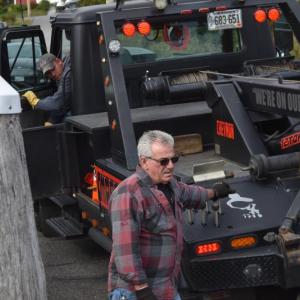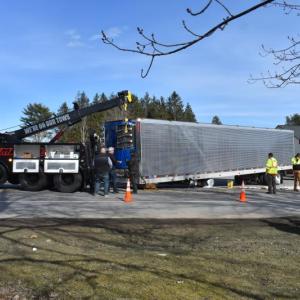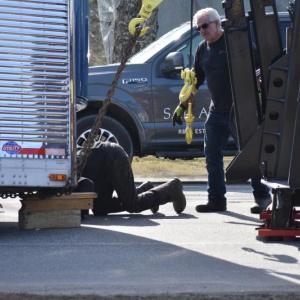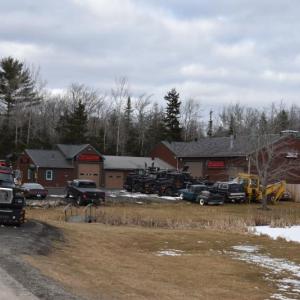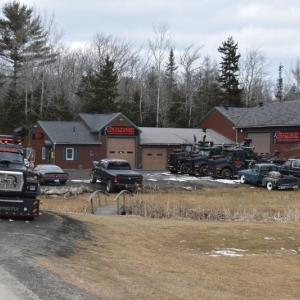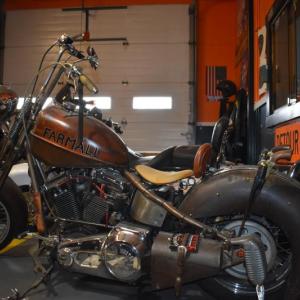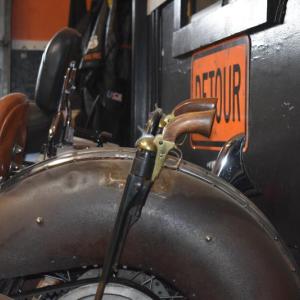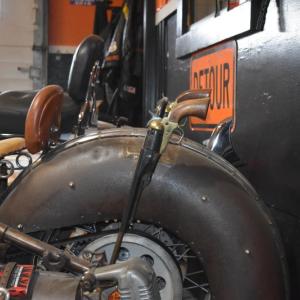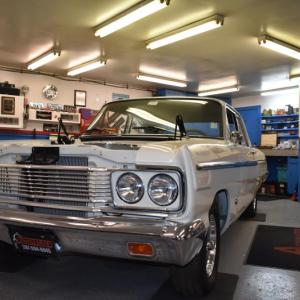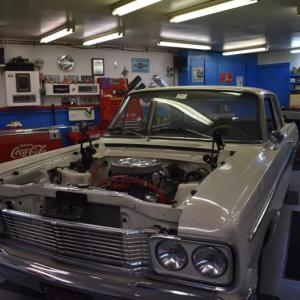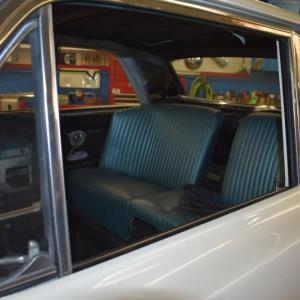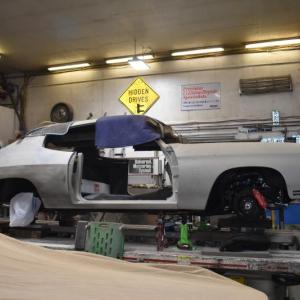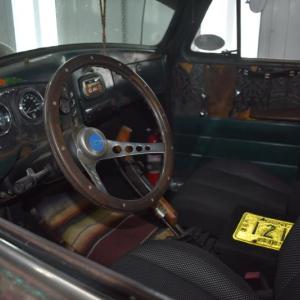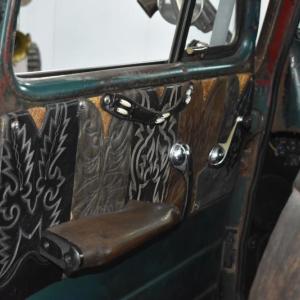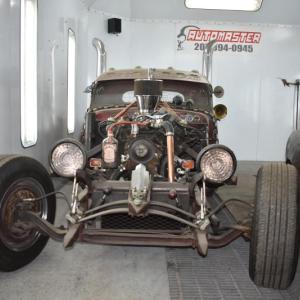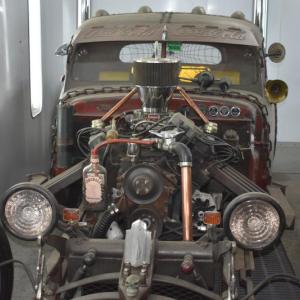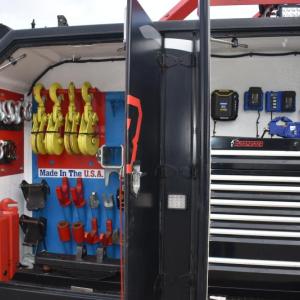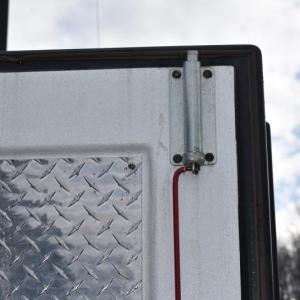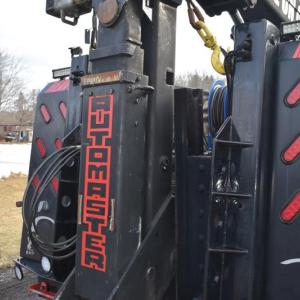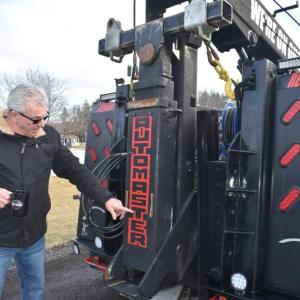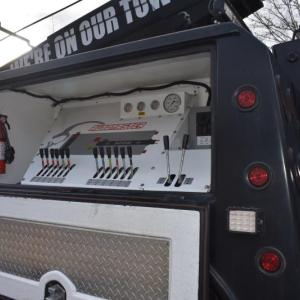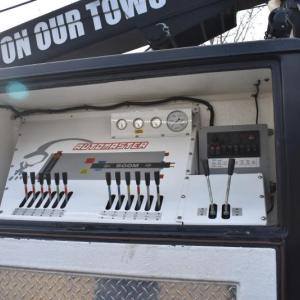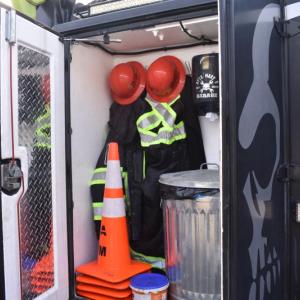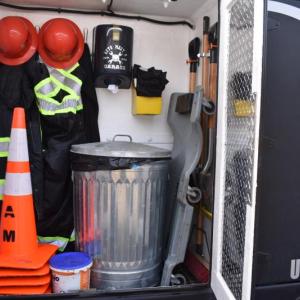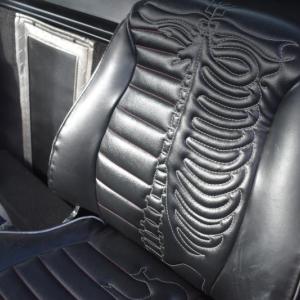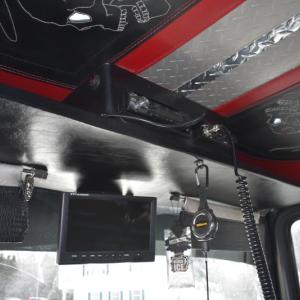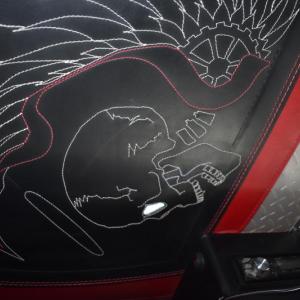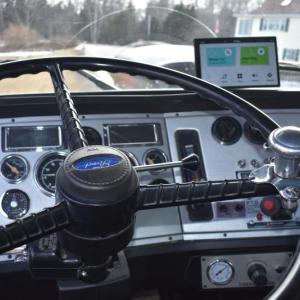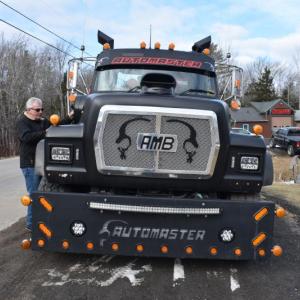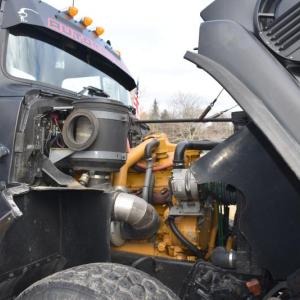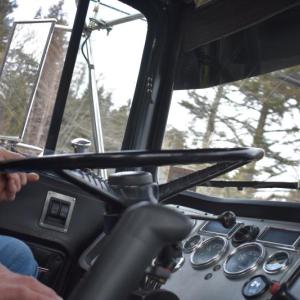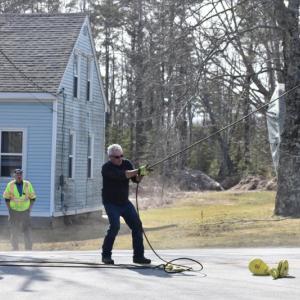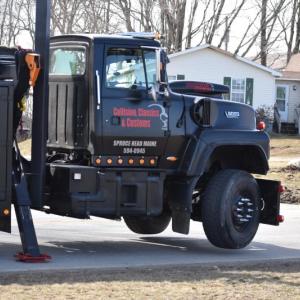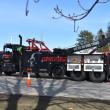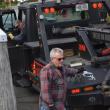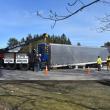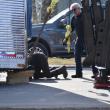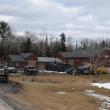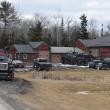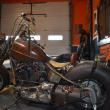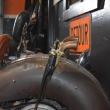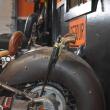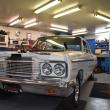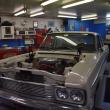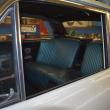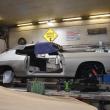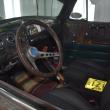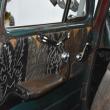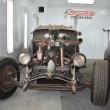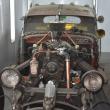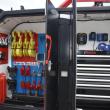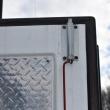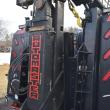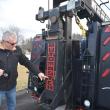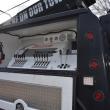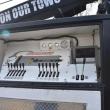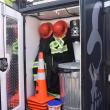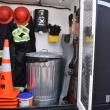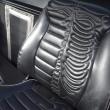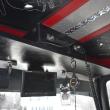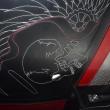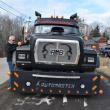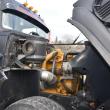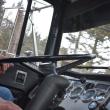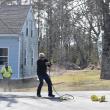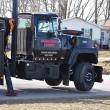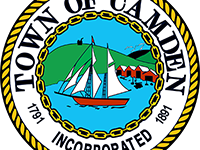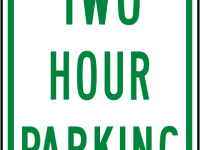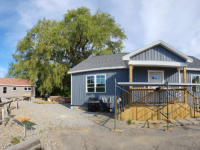‘Custom-built right here in Spruce Head, America’
 Automaster responds to an overturned tractor trailer truck loaded with potatoes on Route 1 in Warren in March 2023. (Photo by Sarah Thompson)
Automaster responds to an overturned tractor trailer truck loaded with potatoes on Route 1 in Warren in March 2023. (Photo by Sarah Thompson)
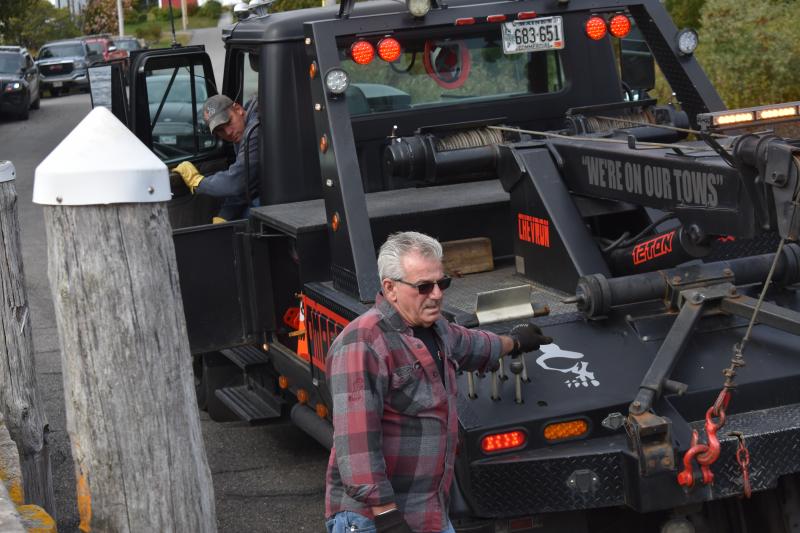 Larry Oakes uses a smaller wrecker from his fleet in October 2019 to pull a suburban from Tenants Harbor. (Photo by Sarah Thompson)
Larry Oakes uses a smaller wrecker from his fleet in October 2019 to pull a suburban from Tenants Harbor. (Photo by Sarah Thompson)
 Automaster responds to an overturned tractor trailer truck loaded with potatoes on Route 1 in Warren in March 2023. (Photo by Sarah Thompson)
Automaster responds to an overturned tractor trailer truck loaded with potatoes on Route 1 in Warren in March 2023. (Photo by Sarah Thompson)
 Automaster responds to an overturned tractor trailer truck loaded with potatoes on Route 1 in Warren in March 2023. (Photo by Sarah Thompson)
Automaster responds to an overturned tractor trailer truck loaded with potatoes on Route 1 in Warren in March 2023. (Photo by Sarah Thompson)
 (Photo by Sarah Thompson)
(Photo by Sarah Thompson)
 (Photo by Sarah Thompson)
(Photo by Sarah Thompson)
 Oakes and his crew have used pieces of firearms as parts for a motorcycle. (Photo by Sarah Thompson)
Oakes and his crew have used pieces of firearms as parts for a motorcycle. (Photo by Sarah Thompson)
 (Photo by Sarah Thompson)
(Photo by Sarah Thompson)
 (Photo by Sarah Thompson)
(Photo by Sarah Thompson)
 (Photo by Sarah Thompson)
(Photo by Sarah Thompson)
 (Photo by Sarah Thompson)
(Photo by Sarah Thompson)
 (Photo by Sarah Thompson)
(Photo by Sarah Thompson)
 (Photo by Sarah Thompson)
(Photo by Sarah Thompson)
 (Photo by Sarah Thompson)
(Photo by Sarah Thompson)
 (Photo by Sarah Thompson)
(Photo by Sarah Thompson)
 (Photo by Sarah Thompson)
(Photo by Sarah Thompson)
 (Photo by Sarah Thompson)
(Photo by Sarah Thompson)
 (Photo by Sarah Thompson)
(Photo by Sarah Thompson)
 A hinge purchased at EL Spears. (Photo by Sarah Thompson)
A hinge purchased at EL Spears. (Photo by Sarah Thompson)
 (Photo by Sarah Thompson)
(Photo by Sarah Thompson)
 (Photo by Sarah Thompson)
(Photo by Sarah Thompson)
 (Photo by Sarah Thompson)
(Photo by Sarah Thompson)
 (Photo by Sarah Thompson)
(Photo by Sarah Thompson)
 (Photo by Sarah Thompson)
(Photo by Sarah Thompson)
 (Photo by Sarah Thompson)
(Photo by Sarah Thompson)
 (Photo by Sarah Thompson)
(Photo by Sarah Thompson)
 (Photo by Sarah Thompson)
(Photo by Sarah Thompson)
 (Photo by Sarah Thompson)
(Photo by Sarah Thompson)
 (Photo by Sarah Thompson)
(Photo by Sarah Thompson)
 (Photo by Sarah Thompson)
(Photo by Sarah Thompson)
 (Photo by Sarah Thompson)
(Photo by Sarah Thompson)
 (Photo by Sarah Thompson)
(Photo by Sarah Thompson)
 Automaster responds to an overturned tractor trailer truck loaded with potatoes on Route 1 in Warren in March 2023. (Photo by Sarah Thompson)
Automaster responds to an overturned tractor trailer truck loaded with potatoes on Route 1 in Warren in March 2023. (Photo by Sarah Thompson)
 Automaster responds to an overturned tractor trailer truck loaded with potatoes on Route 1 in Warren in March 2023. (Photo by Sarah Thompson)
Automaster responds to an overturned tractor trailer truck loaded with potatoes on Route 1 in Warren in March 2023. (Photo by Sarah Thompson)
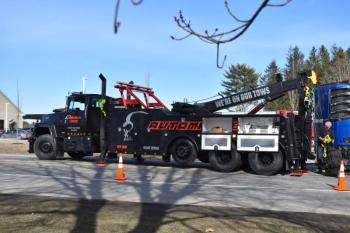 Automaster responds to an overturned tractor trailer truck loaded with potatoes on Route 1 in Warren in March 2023. (Photo by Sarah Thompson)
Automaster responds to an overturned tractor trailer truck loaded with potatoes on Route 1 in Warren in March 2023. (Photo by Sarah Thompson)
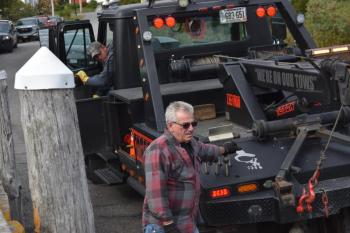 Larry Oakes uses a smaller wrecker from his fleet in October 2019 to pull a suburban from Tenants Harbor. (Photo by Sarah Thompson)
Larry Oakes uses a smaller wrecker from his fleet in October 2019 to pull a suburban from Tenants Harbor. (Photo by Sarah Thompson)
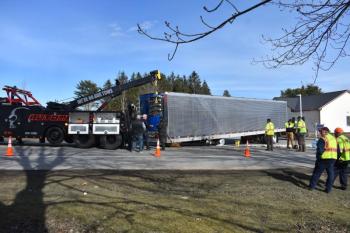 Automaster responds to an overturned tractor trailer truck loaded with potatoes on Route 1 in Warren in March 2023. (Photo by Sarah Thompson)
Automaster responds to an overturned tractor trailer truck loaded with potatoes on Route 1 in Warren in March 2023. (Photo by Sarah Thompson)
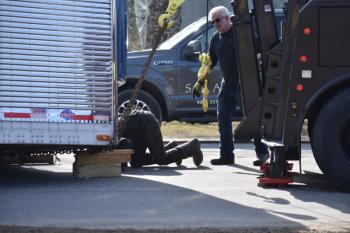 Automaster responds to an overturned tractor trailer truck loaded with potatoes on Route 1 in Warren in March 2023. (Photo by Sarah Thompson)
Automaster responds to an overturned tractor trailer truck loaded with potatoes on Route 1 in Warren in March 2023. (Photo by Sarah Thompson)
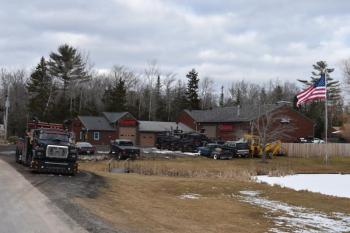 (Photo by Sarah Thompson)
(Photo by Sarah Thompson)
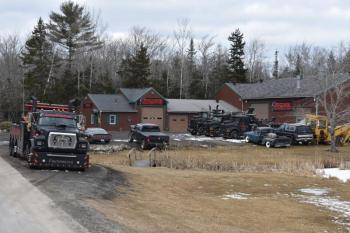 (Photo by Sarah Thompson)
(Photo by Sarah Thompson)
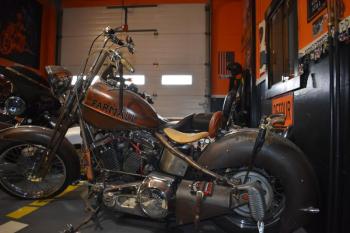 Oakes and his crew have used pieces of firearms as parts for a motorcycle. (Photo by Sarah Thompson)
Oakes and his crew have used pieces of firearms as parts for a motorcycle. (Photo by Sarah Thompson)
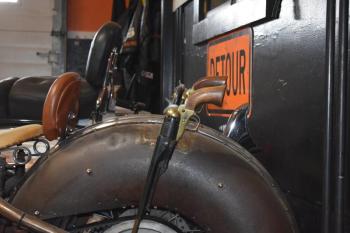 (Photo by Sarah Thompson)
(Photo by Sarah Thompson)
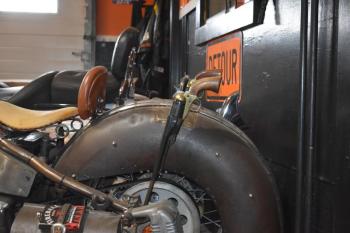 (Photo by Sarah Thompson)
(Photo by Sarah Thompson)
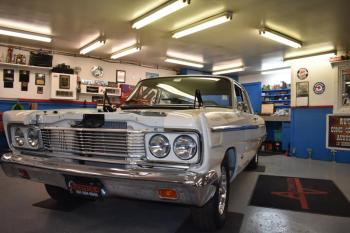 (Photo by Sarah Thompson)
(Photo by Sarah Thompson)
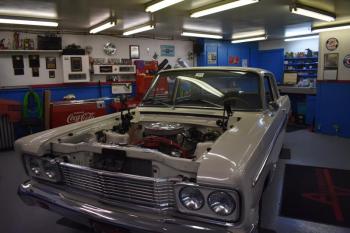 (Photo by Sarah Thompson)
(Photo by Sarah Thompson)
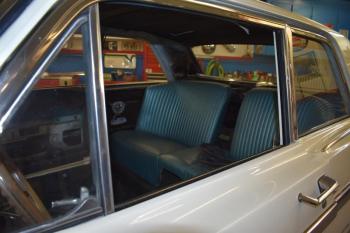 (Photo by Sarah Thompson)
(Photo by Sarah Thompson)
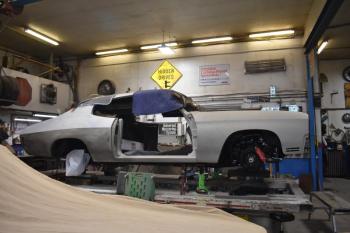 (Photo by Sarah Thompson)
(Photo by Sarah Thompson)
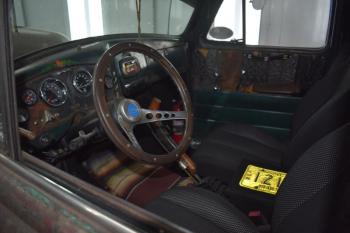 (Photo by Sarah Thompson)
(Photo by Sarah Thompson)
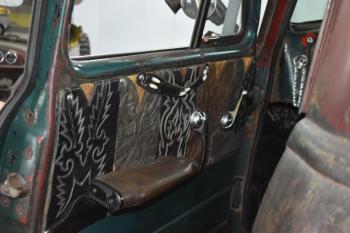 (Photo by Sarah Thompson)
(Photo by Sarah Thompson)
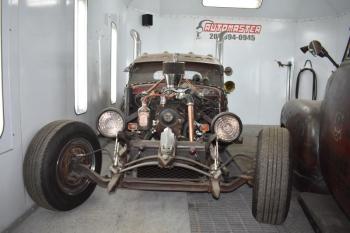 (Photo by Sarah Thompson)
(Photo by Sarah Thompson)
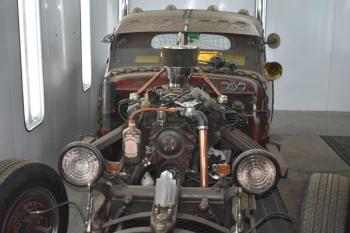 (Photo by Sarah Thompson)
(Photo by Sarah Thompson)
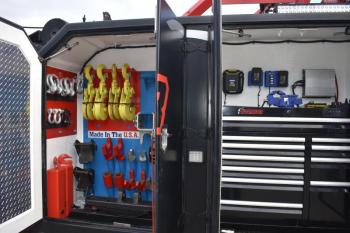 (Photo by Sarah Thompson)
(Photo by Sarah Thompson)
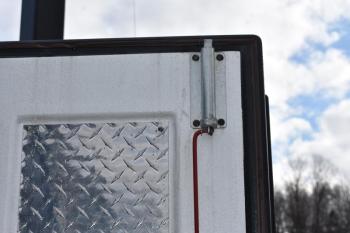 A hinge purchased at EL Spears. (Photo by Sarah Thompson)
A hinge purchased at EL Spears. (Photo by Sarah Thompson)
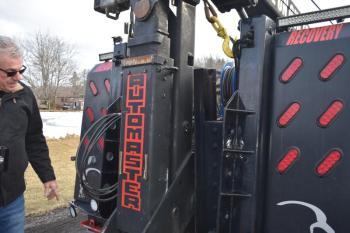 (Photo by Sarah Thompson)
(Photo by Sarah Thompson)
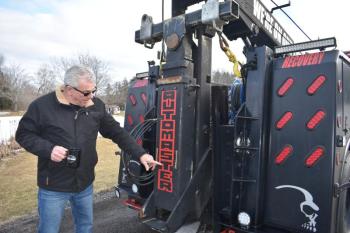 (Photo by Sarah Thompson)
(Photo by Sarah Thompson)
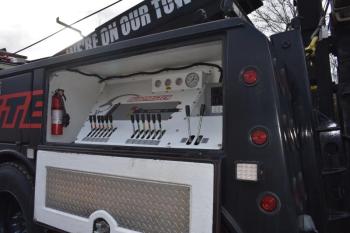 (Photo by Sarah Thompson)
(Photo by Sarah Thompson)
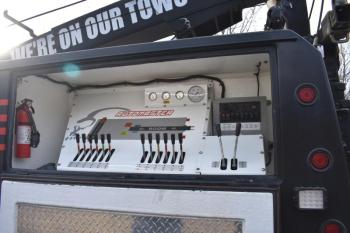 (Photo by Sarah Thompson)
(Photo by Sarah Thompson)
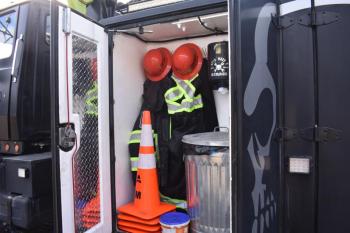 (Photo by Sarah Thompson)
(Photo by Sarah Thompson)
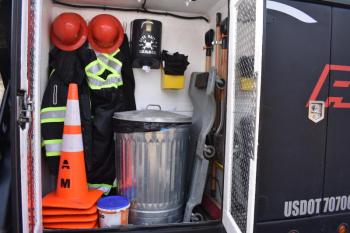 (Photo by Sarah Thompson)
(Photo by Sarah Thompson)
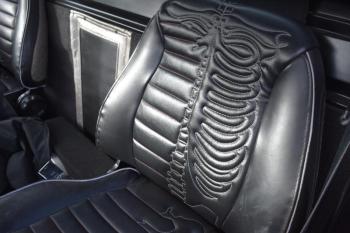 (Photo by Sarah Thompson)
(Photo by Sarah Thompson)
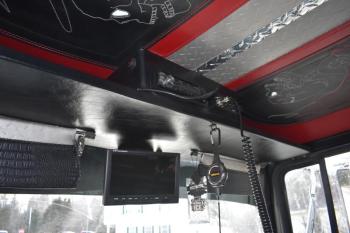 (Photo by Sarah Thompson)
(Photo by Sarah Thompson)
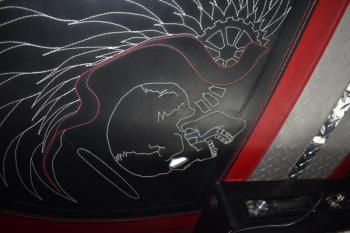 (Photo by Sarah Thompson)
(Photo by Sarah Thompson)
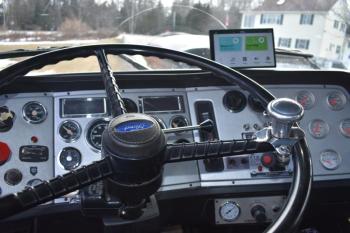 (Photo by Sarah Thompson)
(Photo by Sarah Thompson)
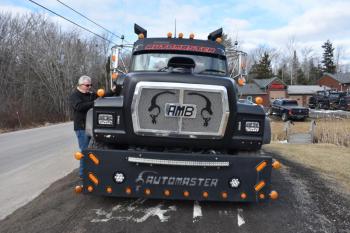 (Photo by Sarah Thompson)
(Photo by Sarah Thompson)
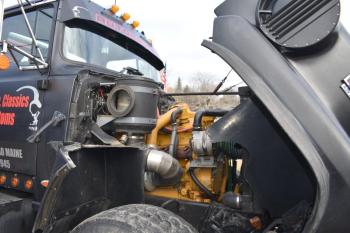 (Photo by Sarah Thompson)
(Photo by Sarah Thompson)
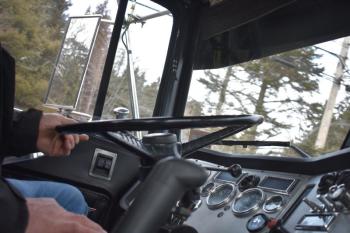 (Photo by Sarah Thompson)
(Photo by Sarah Thompson)
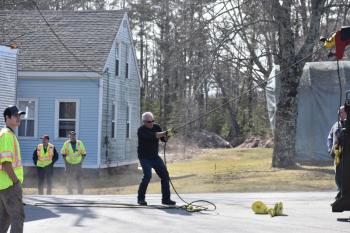 Automaster responds to an overturned tractor trailer truck loaded with potatoes on Route 1 in Warren in March 2023. (Photo by Sarah Thompson)
Automaster responds to an overturned tractor trailer truck loaded with potatoes on Route 1 in Warren in March 2023. (Photo by Sarah Thompson)
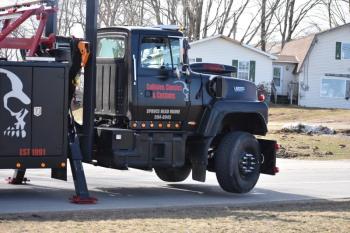 Automaster responds to an overturned tractor trailer truck loaded with potatoes on Route 1 in Warren in March 2023. (Photo by Sarah Thompson)
Automaster responds to an overturned tractor trailer truck loaded with potatoes on Route 1 in Warren in March 2023. (Photo by Sarah Thompson)
“That truck there. He built that thing.”
All I see is a 40-foot long wrecker the size of a tractor trailer truck, a mammoth beast in and of itself without towing another rig behind.
I scan the area, expecting to see another small something-or-other nearby, but the finger keeps pointing to the monster vehicle. I lean closer. He built the bumper? One of the storage compartments? The pulley system underneath?
Everything.
“Custom built right here in Spruce Head, America,” as Larry Oakes likes to say.
There’s a saying in the world – love what you do and you will never work a day in your life. Following this mindset, the owner of AutoMaster Collision Center, in St. George, has worked very little in the past 33 years.
Of course, Oakes works very hard. But, a couple of inherent features mask any exhaustion. He developed a love of cars and restoration at an early age; and growing up poor, he learned thrift, ingenuity, and an appreciation for quality and craftsmanship.
All five are represented in the solid, roadworthy wrecker that continues to be modernized, but never in a way disfavored by the man who envisioned its future.
This rig dominates his fleet, and would have cost him between $500,000 and $700,000 had he purchased it wholesale today. But, Oakes doesn’t like to pay more than he needs to, especially if he doesn’t like what he’s getting in return. So, he took his time, researched the parts, haggled, and when he could, he built his own. His end product – now the prototype for his three smaller rigs – cost him approximately $270,000.
The original truck that became the basis for Oakes’ rig was a vacuum cleaner truck that once cleaned the storm drains of Bangor. Storm drain cleaning does not take place in winter or in inclement weather, leaving many of its parts “immaculate,” according to Oakes.
The crane came from an old truck that was rusting away at a towing company in Cherryfield.
“The only thing that was any good was that crane, but they wanted me to buy the entire truck,” said Oakes.
Negotiations started at $10,000. Oakes managed to purchase the crane alone for $1,500.
Once acquired, Oakes, his right-hand-man Woody and the one he credits for helping design the product, along with the rest of the crew, lengthened the frames of the truck’s undercarriage in both directions and added side poles. The result is the ability to pull 20,000 pounds in one direction, 40,000 pounds in another direction, and lift 40 tons.
The compartments, built five years ago, are from coosa board and fiberglass. Aka, lobster boat material.
“What better material could you ask for in the State of Maine?” he said. “We’ve got salt. We’ve got bad weather. We’ve got cold weather – And beat the hell out of everything. Lobster boats are out there pounding every day.”
Some hinges and joints would have required pre-orders and large expense. Oakes went to EL Spear and Lowes.
In the cab, a gear shaft with three or four different phases allows up to 18 shift changes. Material from cowboy boots fabricates the seats and doors.
And, under the hood – 550 horse power caterpillar.
What one will not find on the rig are two major components on trucks today: Computers and DEF fuel (for the afterburn systems).
“Guess what I haul every day, with that old truck that doesn’t have them.” said Oakes. “I haul the new stuff that don’t run.”
Each year, a lot of money is required in paperwork alone, to operate, to insure, register, and pay a heavy use tax. In one year, just putting the truck on the road is approximately $18,000. During Covid-19, when gas prices shot up, Oakes paid $1,000 to fill the tank. And then, he considers what he’s hauling – and he can haul a lot. Therefore, he carries tens, doubles, triples, hazmat (retrain every five years), and Class A endorsements on his license. Mostly, he carries doubles.
From the front bumper to the rear, he’s 40 feet long. When he puts the stinger bar down, fully enclosed he adds another five feet. Then he adds the broken down tractor that he’s hauling, 20-26 feet. Add a 53-foot trailer behind that. Upwards of 130 feet. Activate some levers, reverse some gadgets, hook up longer vehicles and fifth wheels, and his lengths increase even more.
“There’s a lot to it,” he said. “People don’t realize how much is involved in this.”
Growing up, Oakes’s parents had very little. His father earned $40 per week. His mother earned $17. Resourcefulness became a trait. But, at the same time, a passion was growing, thanks to an older brother who loved muscle cars; Larry was already driving them when he was 14 years old.
According to his daughter and future owner of Automaster, Lindsey Austin, Oakes worked in carpentry for Central City Construction during his early adult years. But, as Oakes said, the economy of the 1980s hit pretty hard. It was then that he decided to build his business.
As it happened, Dick Nightingale wanted land cleared on “Chickawaukie Mountain”. Nightingale made a deal. If Oakes did the clearing, he could have the wood. Oakes, with his father’s help, cut 14,000 feet of lumber. They took the lumber to an old saw mill owned by Normie and Dick Dennison.
With this start, he began construction on his place of business. Over the years, the building would expand two more times.
“I’ve been doing this for 33 years, so I know what I want and what I don’t want,” he said. “Right or wrong, I take full responsibility. I like it. It works. “
See Kay Stephens’ article on Oakes from 2012: penbaypilot.com/article/hes-little-kid-big-toy/7206


